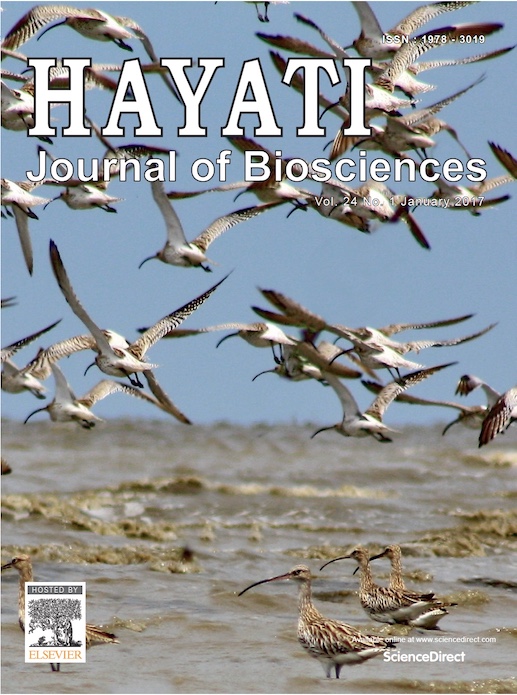Prevalence and Genotypic Distribution of Hepatitis C Virus in Peshawar KPK, Pakistan
Abstract
This present study was planned to obtain an up-to-date picture of Hepatitis C virus (HCV) infection and its genotypes distribution in Peshawar, Khyber Pakhtunkhwa, Pakistan, as well as of the relationship between HCV genotypes and demographic and clinical parameters, and the risk factors in patients with an HCV subtype. Samples (blood) from 1978 individuals were collected and were tested using a strip-based method called the immunochromatographic test (ICT) for the existence of antibodies against HCV. It was observed that 158 of the 1978 individuals (7.9%) harbored antibodies in their blood against HCV, among which the female percentage (53.2%) was higher than that of the male (46.8%). Among the different age groups, the highest number of incidences of HCV antibodies was found in the age group of 31–40 years (26.6%). ICT positive samples were further screened by polymerase chain reaction (PCR) to determine the existence of active HCV-RNA, and it was found that 6.21% (123) of the total population (1978) tested, was positive, among which the female rate (56.91%) was observed to be higher than that of the male (43.09%). The highest incidence recorded was in the age group of 41–50 years (33.3%). HCV RNA positive individuals were genotyped: genotype 3a (45.5%) was dominant among the other detected genotypes, followed by 1a (11.4%), 3b (4.9%), and 2a (4.1%). It was concluded that the highest prevalence of HCV was found in females, and that the dominant genotype of the screened individuals was 3a genotype.Downloads
HAYATI J Biosci is an open access journal and the article's license is CC-BY-NC. This license lets others distribute, remix, tweak, and build upon author's work, as long as they credit the original creation. Authors retain copyright and grant the journal/publisher non exclusive publishing rights with the work simultaneously licensed under a https://creativecommons.org/

























.png) IPB University
IPB University Department of Biology
Department of Biology The Indonesian Biological Society
The Indonesian Biological Society 

